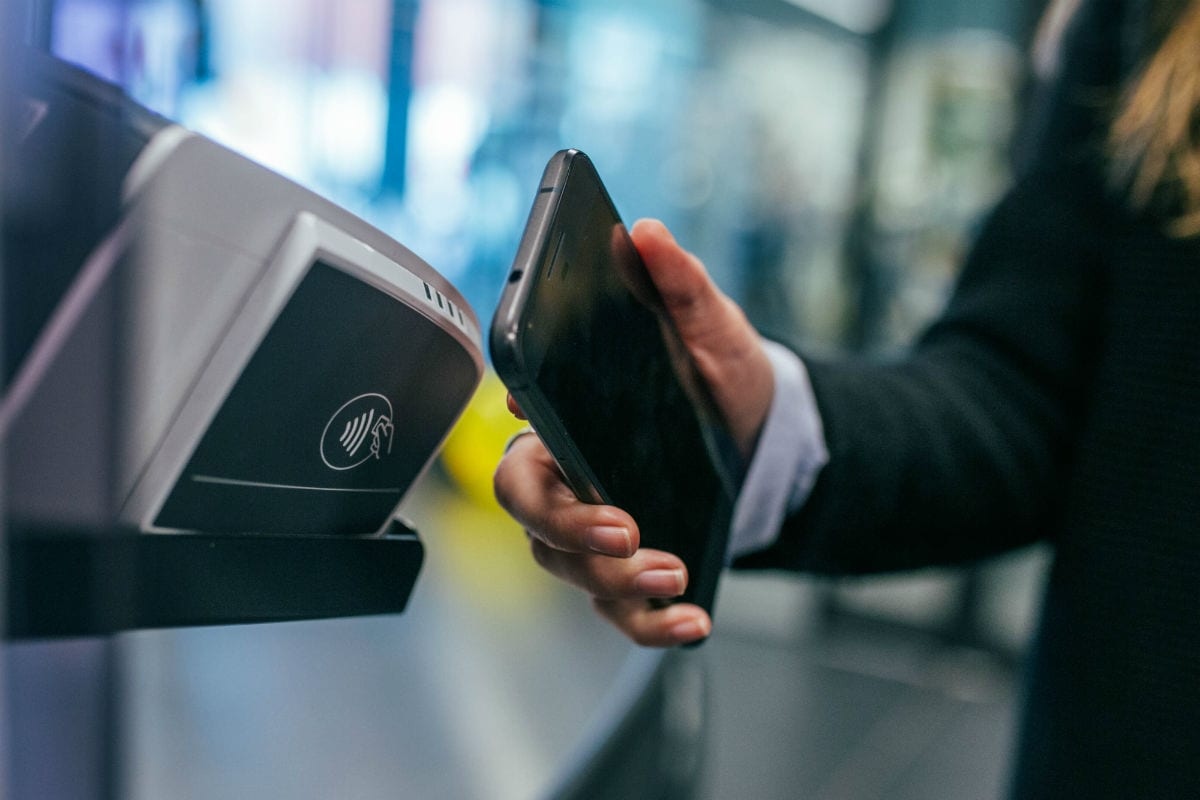Why Fintech Will be The End of Traditional Banking

The latter has really found an accelerant in mobile devices and app development. The so-called Fintech industry has been made possible by the widespread ownership of smartphones and always-on connectivity. Driven by the question ‘why’ things are the way they are, Fintech is challenging the status quo, namely traditional banks, on ‘business as usual’. Why do you need a physical branch, why do you need paper statements, why do you need to deal with an organisation that is built around handling cash? These are some of the fundamental questions that Fintech businesses start with, which expose that the banking industry is woefully behind on the times. It’s nearly impossible to have multiple savings pots with a traditional bank, whereas this with app-focused Fintech companies is as easy as creating a folder on your computer.
If anything, Fintech is putting the customer central again. It tries to remove the hoops that consumers must jump through, just to be a client. A wider movement is noticeable beyond just online-only (app-based) banks, which can be seen in how people can get mortgages and loans. Take Credit Culture, for example, which helps you take out a loan as easy and responsible as it can be, fully automated and online. The human assessment element, which can be time-consuming and costly, is taken away and replaced with algorithms and machine learning, being able to offer better rates which are more customised to an individual’s situation. It’s this customer-centric approach the general audience is responding to and younger generations, millennials and Gen Z in particular, are flocking to these types of solutions, rather than going to a traditional bank. This hasn’t gone unnoticed.
Over the last few years, the traditional banks have started responding to this trend in the market and bringing their own Fintech-esque solutions. This is happening with varying degrees of success. The problem that traditional banks really have is that they still are held to the restrictions that make them a traditional bank in the first place. This means the capital expenditures they have (physical assets such as costly buildings), staff that needs to be paid, shareholders that need to be kept happy and much more.
And this is the core of Fintech and why it is transforming and disrupting how we will handle our finances today and in the future. It challenges the very heart of traditional banks, not in how the exterior looks, but in the way, it’s built, brick by brick, pixel by pixel.













Leave a Reply
Want to join the discussion?Feel free to contribute!